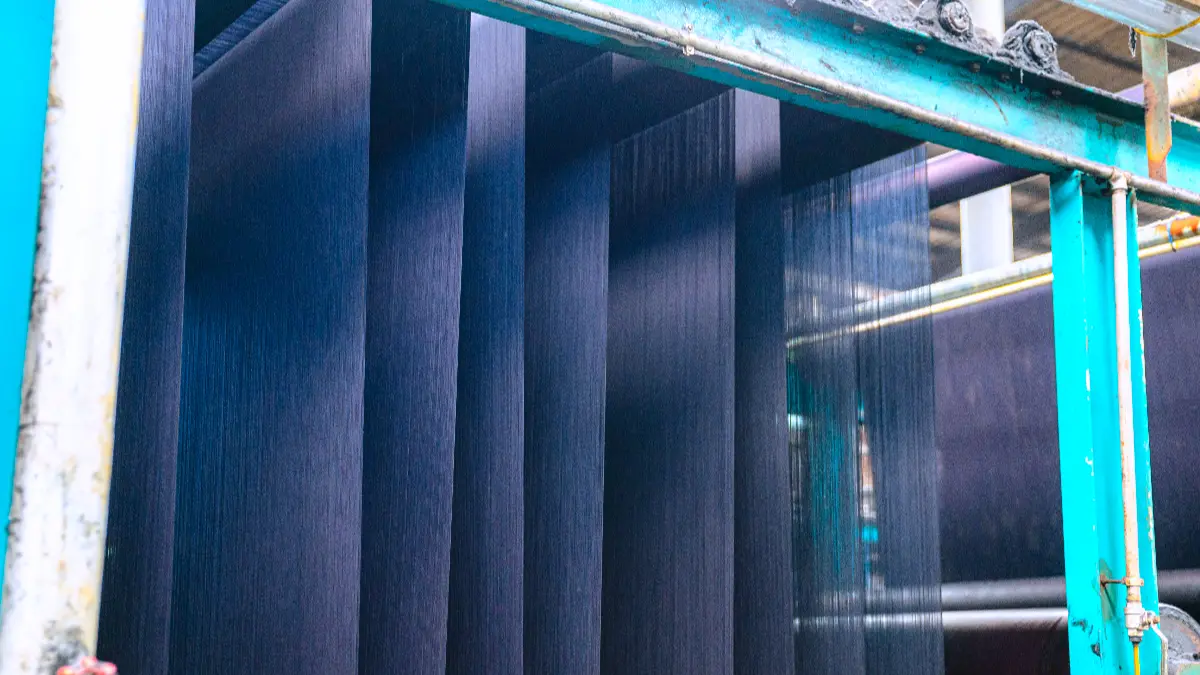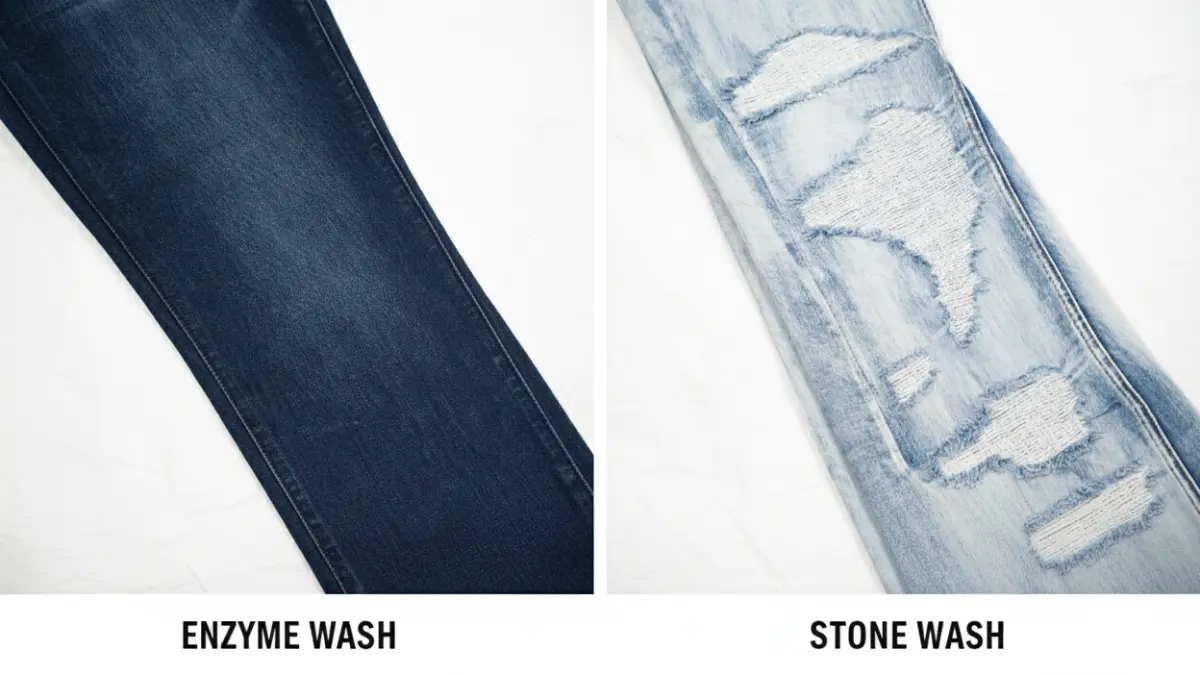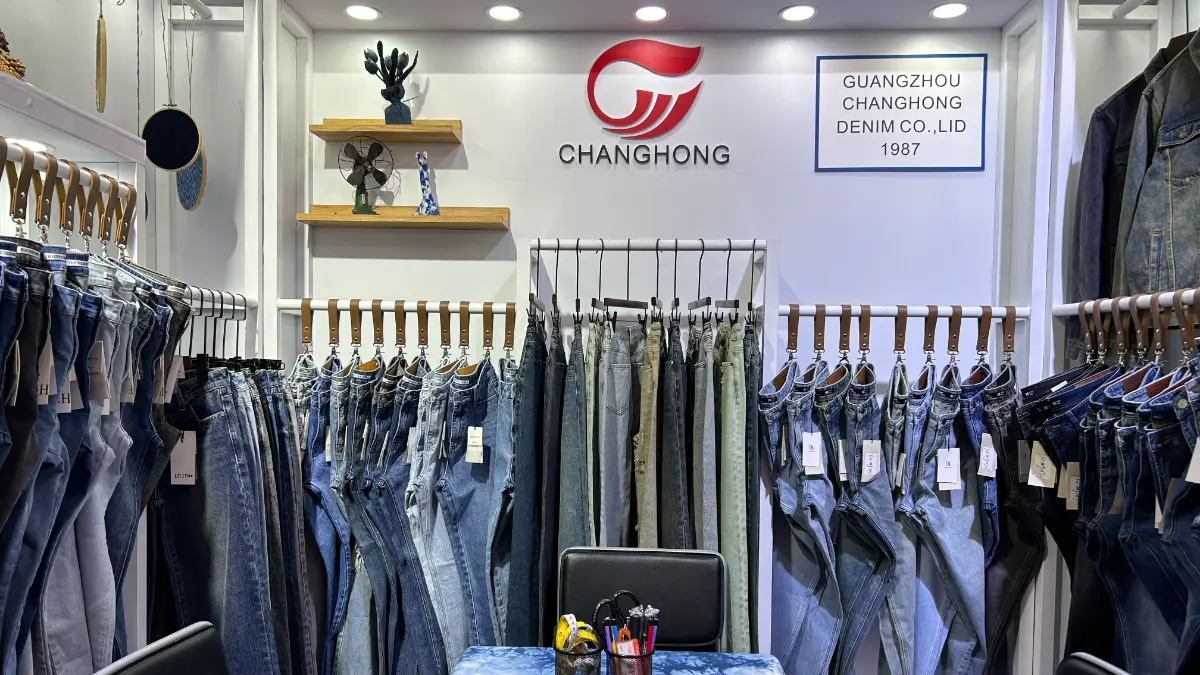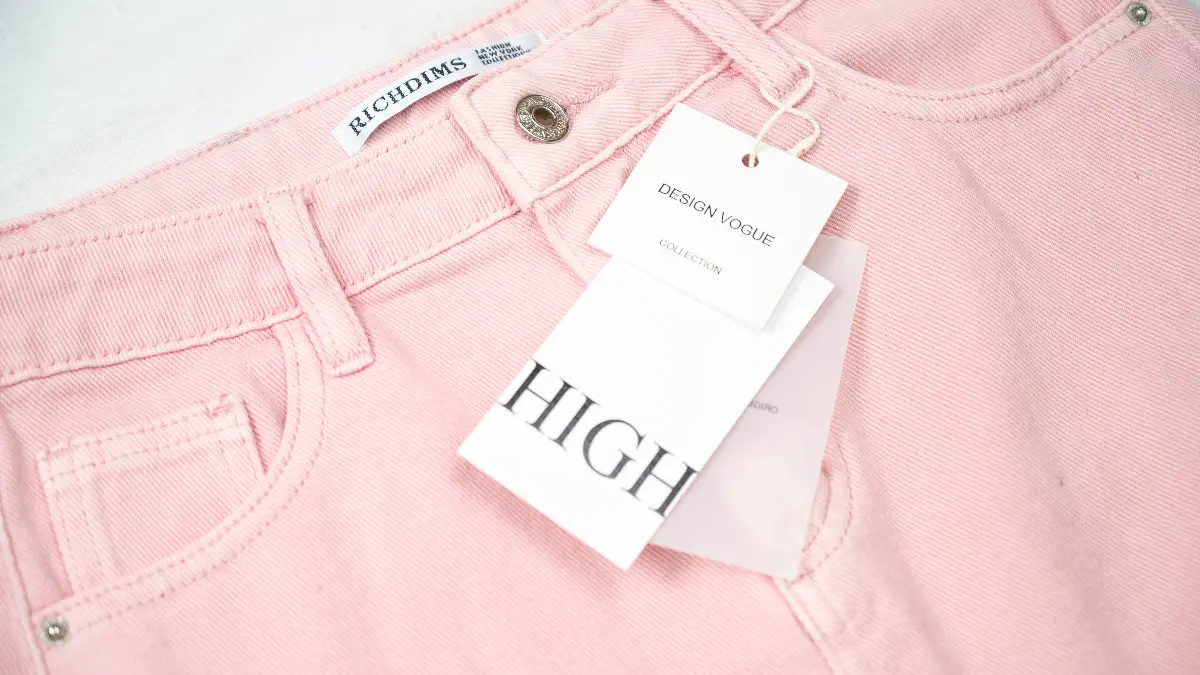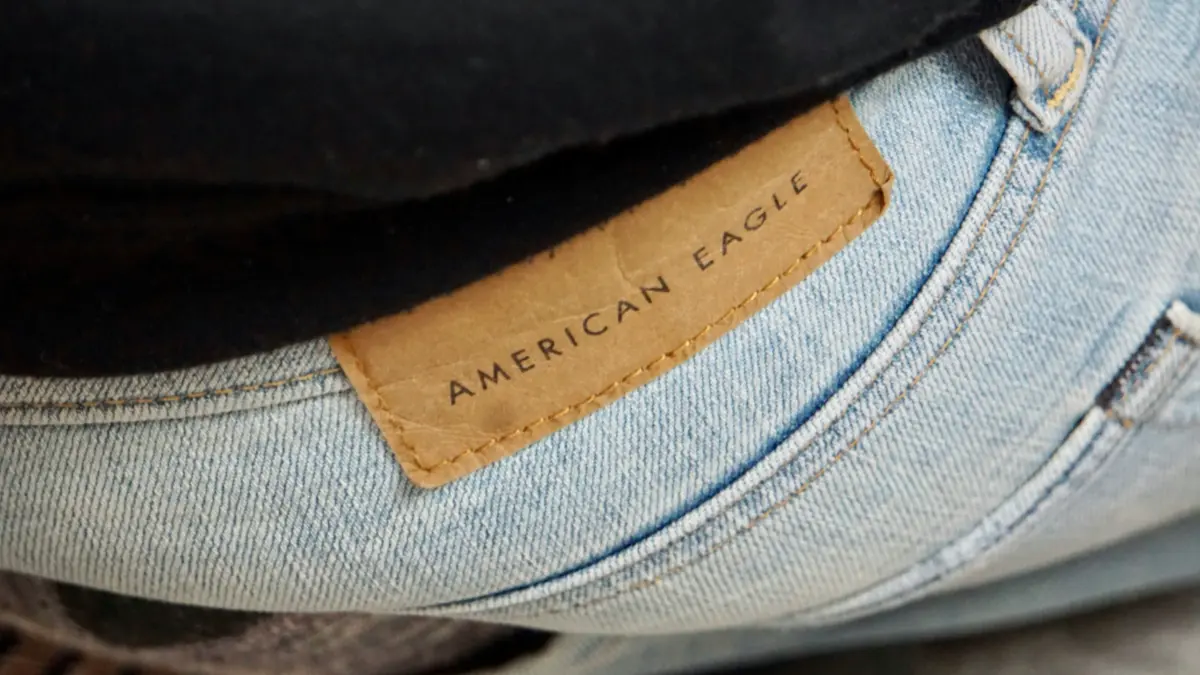At Changhong, we focus on producing high-quality denim apparel, refining every step of the manufacturing process. Denim can be dyed using various methods, including rope dyeing, slasher dyeing, batik, cross dyeing, vat dyeing, yarn dyeing and piece-dyeing. Among these, rope dyeing and slasher dyeing are the most commonly used for yarns.
This guide breaks down everything you need to know about these two indigo dyeing techniques. You’ll see how each method works, what makes them unique, and which one aligns with your vision. By the end, you’ll have the clarity to choose confidently and move forward with your project.
Core Differences at a Glance
Before diving into the specifics, here’s a quick snapshot:
| Criteria | Rope Dyeing | Slasher Dyeing |
|---|---|---|
| Dye Penetration | Deep and gradual, creating rich color variations | Surface-level, consistent color but shallower depth |
| Color Depth | Rich, dynamic shades that fade naturally over time | Even, uniform shades with less variation in fading |
| Fabric Texture | Softer, more luxurious hand feel, maintains slubs | Slightly stiffer, limited texture variety |
| Production Speed | Slower due to multiple dips and oxidation cycles | Faster, suitable for large-scale production |
| Cost | Higher due to labor, water, and time intensity | Lower, more cost-efficient for mass production |
| Sustentabilidade | Higher water and dye consumption, can be optimized | Lower water use, reduced chemical waste |
| Melhor para | Premium, limited-edition denim with high-quality fades | Mass-produced denim with consistent color and efficiency |
What Is Rope Dyeing in Denim?
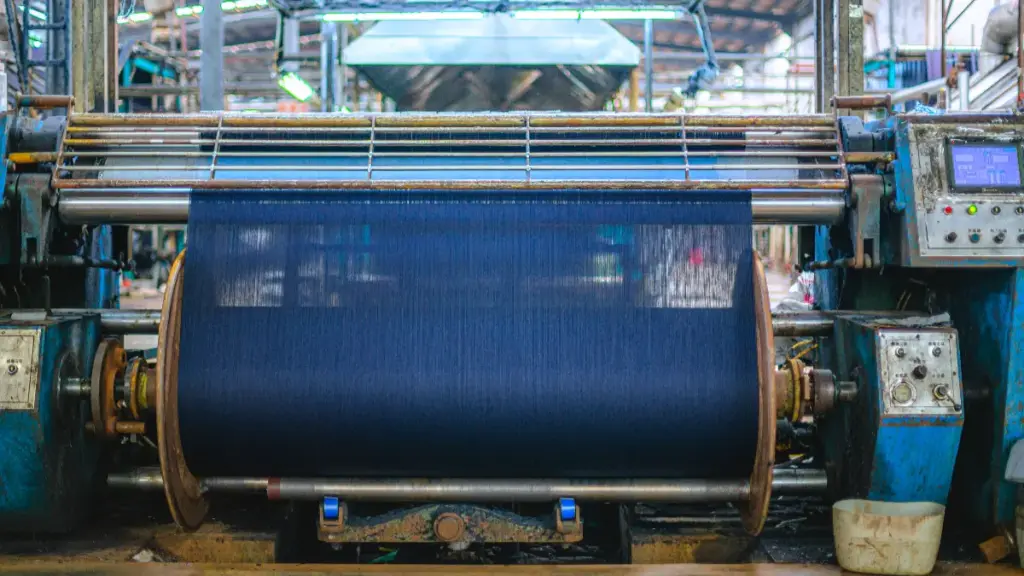
Rope dyeing is a traditional yarn-dyeing method used to create premium denim. In this process, multiple yarns are twisted together into ropes and repeatedly exposed to indigo dye. The dye primarily penetrates the outer layers, leaving the core slightly lighter. This results in deep, rich color and unique fading characteristics over time. Rope dyeing is valued for producing textured, high-quality denim with a soft hand feel and long-lasting color, making it a preferred choice for brands focused on heritage and premium jeans.
The Process of Rope Dyeing
Rope dyeing is a traditional yarn-dyeing technique that emphasizes depth, textura, and long-lasting color. The process involves several precise steps:
- Yarn Preparation: Cotton yarns are first spun and then twisted together into thick ropes. This twisting allows uniform dye absorption and makes handling easier during multiple dye baths.
- Initial Dipping: The yarn ropes are immersed in a vat of indigo dye. Only the surface absorbs color at first, while the core remains lighter.
- Oxidation: After each dip, yarns are exposed to air to oxidize the indigo. This step darkens the yarn gradually and ensures consistent color development.
- Repeated Dipping: The ropes are repeatedly dipped and oxidized. High-quality denim may require 8 para 12 dips to achieve the desired deep blue.
- Rinsing and Softening: After the final dip, yarns are thoroughly rinsed to remove excess dye and treated with softening agents to improve hand feel.
- Drying and Storage: The dyed ropes are carefully dried, checked for uniformity, and stored until they are ready for weaving.
Pros and Cons of Rope Dyeing in Denim
Pros:
- Deep, rich color: Indigo penetrates yarn gradually, creating unique depth.
- Long-lasting fades: The differential in dye penetration ensures beautiful natural fading over time.
- Premium texture: Yarns maintain a strong, soft hand feel, making the denim fabric more comfortable.
- Customization: Easier to control for special effects like slub yarns or uneven dyeing for a vintage look.
Cons:
- High cost: Rope dyeing requires more labor, water, and time.
- Slower production: Multiple dips and oxidation periods can take several days.
- Environmental impact: Higher water usage and more dye waste compared to slasher dyeing.
What Is Slasher Dyeing?
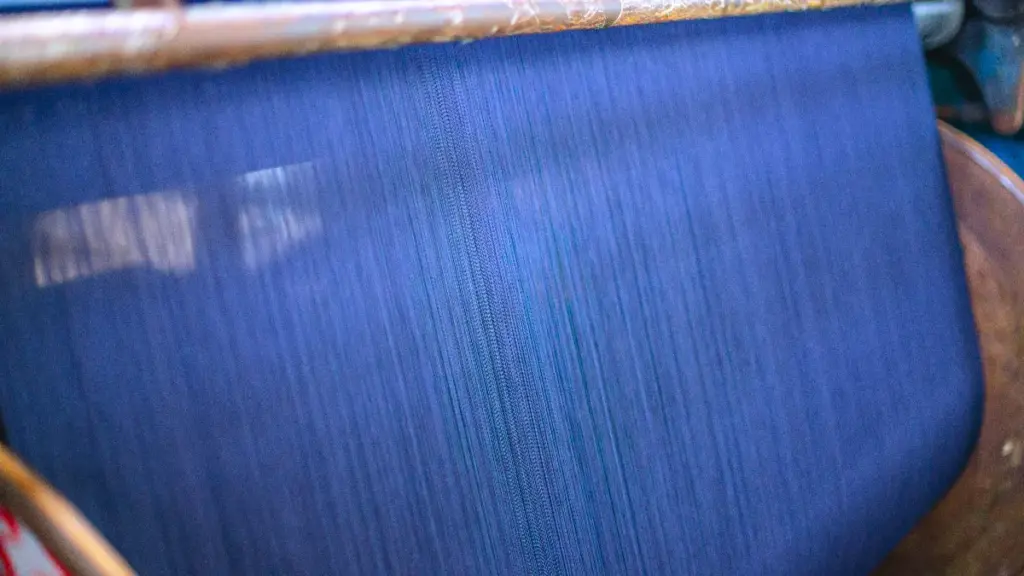
Slasher dyeing, also called sheet or warp dyeing, is a modern, efficient method for coloring denim yarns. Yarns are aligned flat and passed through indigo dye baths in continuous sheets. The dye mainly coats the surface, leaving the inner core lighter. This method produces uniform, consistent color and is faster and more cost-effective than rope dyeing. While it creates denim suitable for mass production, the resulting fabric generally has a slightly stiffer feel and less nuanced fading compared to rope-dyed denim.
The Process of Slasher Dyeing
Slasher dyeing is a faster, efficient yarn-dyeing method widely used in industrial denim production. Its workflow is structured and continuous:
- Yarn Alignment: Warp yarns are spread flat and aligned in a sheet form. This arrangement ensures that each yarn receives consistent exposure to dye.
- Dye Application: The sheet of yarns passes through a series of indigo dye baths. Each bath deposits color mainly on the yarn’s surface, leaving the core slightly lighter.
- Oxidation: After each dye bath, yarns are exposed to air for oxidation. Unlike rope dyeing, the flat arrangement speeds up this process.
- Multiple Passes: The yarn sheet goes through several baths depending on the required color depth. Usually, fewer passes are needed than rope dyeing for similar shades.
- Lavagem: Excess indigo is removed through controlled rinsing to prevent uneven patches and maintain fabric consistency.
- Drying and Reeling: The dyed yarns are dried under tension and wound onto beams, ready for weaving or further processing.
Pros and Cons of Slasher Dyeing
Pros:
- Cost-efficient: Uses less water and dye, lowering production costs.
- Faster: Yarn sheets pass through multiple dye baths in a continuous cycle.
- Consistent: The process ensures uniform color across large batches.
- Environmentally friendlier: Less water consumption and reduced chemical waste.
Cons:
- Shallow color depth: Dye penetrates only the outer layer, leading to quicker fading.
- Less texture variety: Limited ability to create slubs or uneven dye effects.
- Stiffer hand feel: Yarn is slightly less soft compared to rope-dyed denim.
Custom Denim Tailored to Your Brand’s Vision
Partner with Changhong to create unique denim styles with flexible order sizes, tecidos sustentáveis, and expert craftsmanship. From fabric to finish, bring your custom denim ideas to life with precision and care.
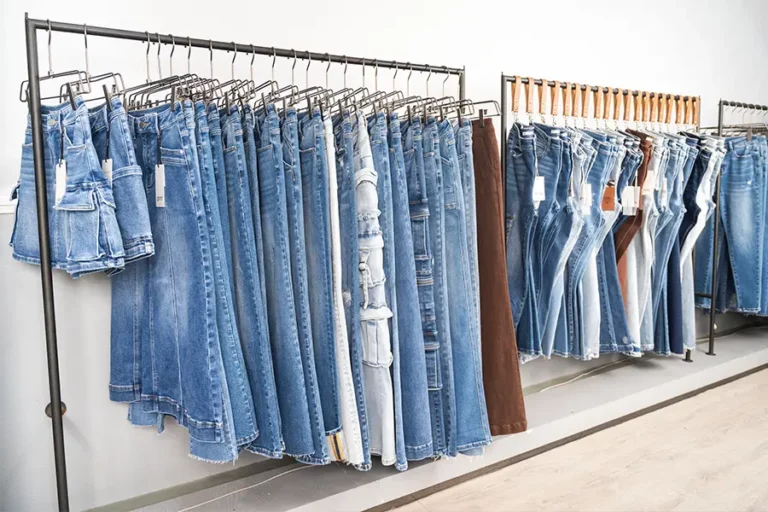
Which Dyeing Method Suits You?
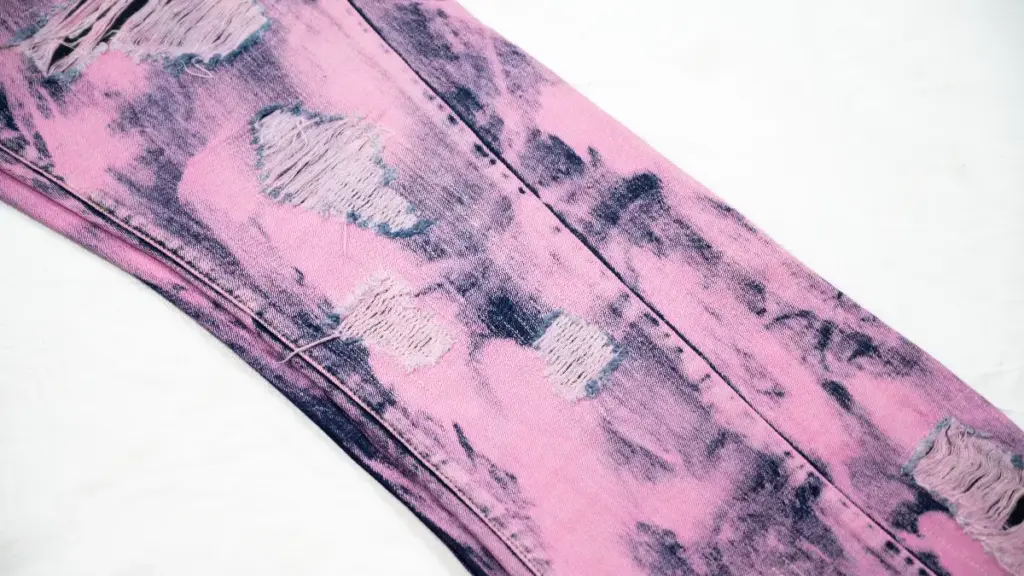
Choosing between rope and slasher dyeing depends on priorities:
- Premium denim lovers: Rope dyeing offers unmatched depth, textura, and fading. It’s ideal for customers who appreciate heritage craftsmanship and the way denim evolves with wear.
- Mass-market or fast fashion brands: Slasher dyeing provides efficiency, cost-effectiveness, and environmental benefits. It’s perfect for high-volume orders without compromising basic quality.
Frequently Asked Questions About Indigo Dyeing
What are the types of textile dyeing?
Textile dyeing includes yarn dyeing, piece (fabric) dyeing, and garment dyeing. Yarn dyeing, like rope and slasher dyeing, colors the threads before weaving, offering more control over color depth. Fabric and garment dyeing happen after weaving or sewing, which is faster but less durable.
What type of fabric is best for dyeing?
Cotton dominates denim production because it absorbs indigo well, is durable, and softens over time. Some blends, like cotton-polyester, can be dyed but may not fade naturally, which is crucial for premium denim aesthetics.
What is the difference between natural and synthetic indigo?
Natural indigo comes from the Indigofera plant and has subtle color variations. Synthetic indigo is chemically produced, more consistent, and widely used in industrial denim production. Most modern denim, including rope and slasher-dyed fabrics, uses synthetic indigo due to cost and scalability.
Why does indigo fade on denim over time?
Indigo dye sits mostly on the surface of yarns. As fabric experiences friction and washing, surface dye gradually wears off, revealing lighter layers underneath. Rope-dyed denim shows slower, more textured fading, while slasher-dyed denim fades more evenly.
How do dyeing methods affect denim’s final look?
Rope dyeing produces a richer, more textured appearance with nuanced fades and slubs. Slasher dyeing delivers uniform color, consistent fading, and less variation in texture. The chosen method shapes both aesthetic and tactile qualities of denim.
Which dyeing method is more sustainable?
Slasher dyeing is generally more eco-friendly because it uses less water, produtos químicos, and energy. Rope dyeing consumes more resources but can be optimized with modern wastewater management and recycling processes. Sustainability depends on production practices as much as dyeing choice.

